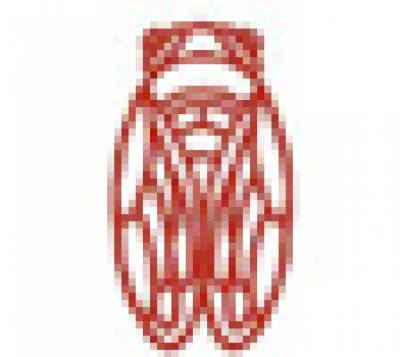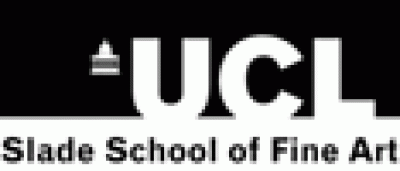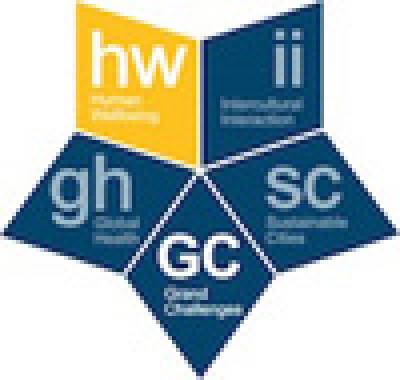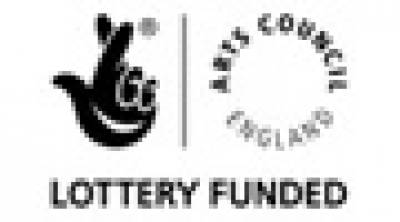Friday
1A: Colour, Poetry and Self
Workshop facilitator: Jennifer Patterson
In this interactive workshop we will work with colour visualisation and with poetry in relation to colour, as a springboard to creative writing. We will also consider the usefulness of colour memories, mnemonic devices and the transformative potential that colour might offer individuals who have chronic pain and those with acute episodes. No prior knowledge is required.
1B: Transformations: photographing pain
Workshop facilitators: Helen Omand and Dr Deborah Padfield
Pain can be conceived of as a material with many differing qualities. During the workshop, we will be exploring these qualities together. Participants are invited to bring an object to the session which represents some aspect of their experience of living with/treating or researching pain. We will be using these to create 'portraits of pain' through shared discussion and photography.
In the first half of the session participants will have an opportunity to photograph objects/light/spaces etc which represent their experience of pain and/or self. In the second half participants will have an opportunity to think about how the photographs could be transformed to reflect how they would like to see pain or like to see themselves/be seen. At the end of the workshop there will be a short group discussion on the process and outcomes. No previous experience of art or photography is required. Participants will need to bring an imaging device such as a mobile phone, iPad or small camera. If you would like to share your photographs with the group then please also bring a card or lead to upload your photographs onto the computer, but this is not essential. Just come along and be prepared to have a go. All welcome.
1C
Aversion and Transformation: Pain and renewal in organ transplantation
Practitioners encountering pain in children with complex needs
1D
Chronic pain within a family context: An art project informed by lived experience
Saturday AM
2A
Pain and the Playwright: Communicating unseen pain on stage
Destroying and creating subjectivity through suffering and pain at the end of life with dementia
2B: Tree of Life
Workshop facilitator: Liz Aldous
Join this informal and creative workshop run by Liz Aldous a facial pain sufferer, Occupational Therapist & Artist. Have a chance to design leaves for a living wellbeing tree - print, design and create your own leaves too add whilst exploring the messages of hope you would like to give to other sufferers, carers, friends and clinicians. Draw, write paint or print your own messages which can narrate your journey. Then add you message to the tree. No experience of art is required and you can work at your own pace in your own time. You may wish to produce more than one example. Explore how the process of being creative can help you relax. All materials will be provided and there is no right or wrong of working.
2C
Challenges in managing pain in India
Voicing and interpreting pain Autoethnographies of medical interpreting
Non English speaking pain patients - do images help?
2D: Movement - Connecting to self
Workshop facilitator: Anusha Subramanyam
An inclusive dance movement workshop.
The workshop will encourage participants to find and explore their own possibilities of movement. Through building awareness of sensations within the body, exploring improvised movement, breath, and some experimentation with the use of voice. Elements of Indian dance, yoga will also be incorporated. Accompanied by Live Indian vocal and percussion.
This Workshop is suitable for all abilities, wheel chair users. If you feel you have very restricted movement. This is exactly what you are looking for!!
We welcome all. Come and discover your inner power, power of movement.
Saturday PM
3A
Black and yellow flags, brown envelopes and street level bureaucracy
Pain has an element of blank: Textual Spaces and Gaps in Military-Medical Caregiving Narratives
Theoretical And philosophical discussion of Phenomenology
3B: Exploring the PAIN CARDS
Workshop facilitators: Alison Glenn, Deborah Padfield, Joanna M. Zakrzewska
After a short introduction to the ideas leading to the development of the cards and the co-creative process of making the images, participants will have the opportunity to work with the PAIN CARDS. The session will be an interactive one providing opportunities for feedback and discussion and exploring how the cards could be used in a variety of contexts. A patient who helped create them, the artist who co-created them and a pain clinician who uses them will provide further input.
3C: Writing like a Reader/Reading like a Writer
Workshop facilitator: Rita Charon
This workshop combines close reading and creative writing in a spiral that expands the mind toward the freedom of expression. We will start with a close reading of a literary text, perhaps something to do with pain, reading so closely that we can hear the words breathe. Then we will write in the presence of the text, seeing what is summoned forth from each one of us. When we read aloud what we've written, we will discover things about the other and the self.
3D: Iconographies of Pain: Art History and drawing/mark-making
Workshop facilitators: Dr Susannah Biernoff and Onya McCausland
When Charles Darwin was searching for illustrations for The Expression of the Emotions in Man and Animals, he initially turned to art. To his surprise, he found nothing that accurately depicted the expression of pain. In works of art, he mused, 'beauty is the chief object; and strongly contracted facial muscles destroy beauty.' Yet even if we confine ourselves to the art historical canon of Darwin's day there is no shortage of examples of pain as the subject of art. Suffering and its transcendence pervade both the Classical tradition and Christian iconography. Rarely, however, do we find pain in these contexts that is not ennobling, instrumental or exemplary. Disfiguring pain - the kind that 'unmakes' the world, as Elaine Scarry puts it - makes a surprisingly belated appearance in Western art. We will conclude by looking at Henry Tonks' First World War portraits of facially wounded servicemen in order to think about how drawing, in particular, might function both figuratively and non-figuratively to convey physical and emotional feeling.
Sensational Drawing
"Drawing is the primal means of communication, which predates and embraces writing"
Deanna Petherbridge
Drawing involves the body in a very visceral and direct way. Methods of drawing can be used as a way of tuning in to internal sensations by 'materialising' them through action and gesture, and giving visual form to 'invisible' sensations.
The session will use methods of drawing that focuses on subtle tangible sensations, movements and perceptions to find ways of tuning in to the language of the body. Using the imagination, visualisation and non visual sensory perceptions like touch and sound to draw on the knowledge of the body, rather that depending on optical perception alone.
Working with charcoal on large sheets of paper with some collaborative involvement the session will be experimental, exploratory and open.
"Drawing… is a way of tuning your perception"
Richard Serra
 Close
Close








